Christmas Eve Supper and Midnight Mass
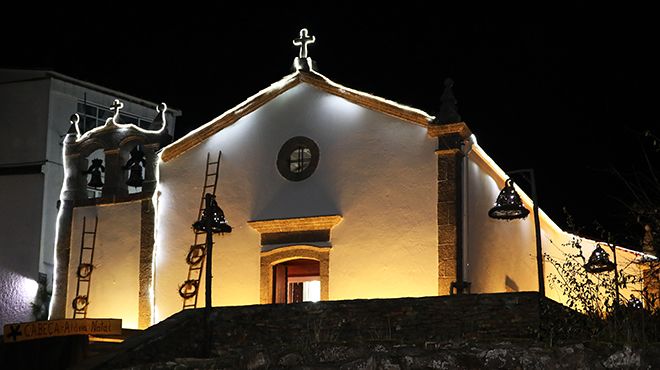
Other
Before Christmas Day, the Catholic Church recommends a period of fasting but, after the Midnight Mass (Rooster's Mass), the table is supposed to be filled with appetising delicacies, meats and traditional sweets and puddings for the family supper. This occasion is known as the night of the Consoada.
The word «Consoada» refers to a small meal that is taken at the end of a day´s fasting and derives from the Latin word consolare, meaning "to comfort". In the North of Portugal (Minho, Porto and Guimarães), it is the custom for people to reserve places at the table set for the Consoada supper for those relatives who have recently passed away, or else to leave the table laid and a candle or lamp lit throughout the night to comfort and warm their souls.
Traditionally, the Christmas Eve supper consists of bacalhau (salted cod) or another fish, whilst the meals after this are seen as a chance to savour meat dishes. In many places in the south of Portugal, a pig is killed a few days beforehand, and its various cuts of meat and sausages are used to enrich the Christmas table.
During the festivities, the famous Bolo-Rei is eaten, together with fried sweets, made from eggs, flour, sugar and yeast, sprinkled with sugar and cinnamon.
The Bolo-Rei (literally the King Cake) is a cake made in the shape of a crown, filled and decorated with dry and crystallised fruits. Amongst the traditional fried sweets are filhozes, coscorões, velhozes, sonhos, azevias (filled with chickpeas) and rabanadas (similar to french toasts).
After supper, Christian custom dictates that people should attend the Missa do Galo (Midnight Mass), offering them the chance to meet up with old friends and to give the Season´s Greetings to the other members of the community.
The Missa do Galo (literally the Rooster's Mass) was included amongst the Christmas celebrations during the 5th century. It is celebrated at midnight, which is the time referred to as being in galli cantu (at cock crow), and it was originally the first of three masses comprising the liturgy of Christmas Day. During the Missa do Galo, people can admire the Nativity scnene, which has been specially prepared for the occasion, and, after communion, everyone moves up to the altar to "kiss the Baby Jesus", an act that is sometimes accompanied by songs of worship.


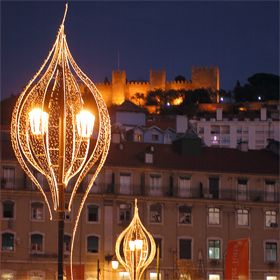
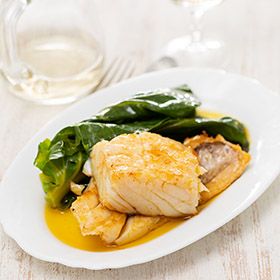
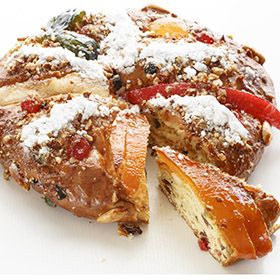
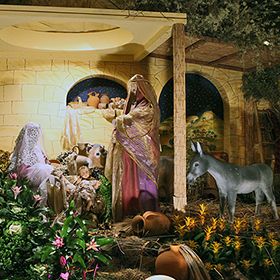


 Explore
Explore 
 Remember and Share
Remember and Share 


